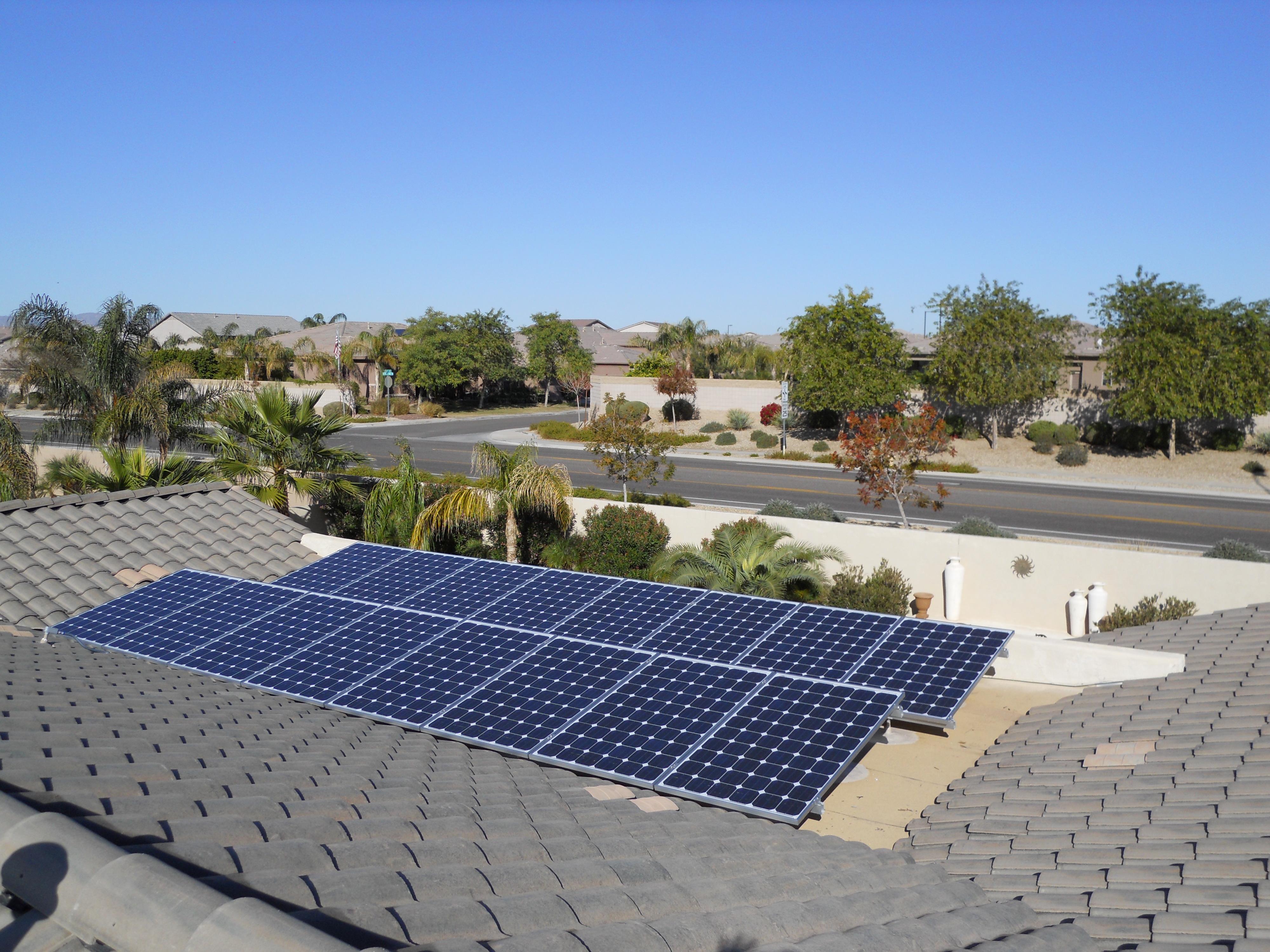Cities creating a green economy
11/28/2012 Leave a comment
The role of cities in helping create a new green energy economy was discussed in a Clean Edge webinar, ‘Creating Smarter and Cleaner Cities’ on Nov 27, 2012.
Ron Pernick, Managing Director for Clean Edge, moderated. He said that 87% of the clean-tech market is in 50 metropolitan areas, the top five being San Jose, San Francisco, Portland, Sacramento, Seattle. He said these 50 cities have 70% of the LEED square footage and 72% of the patent activities.
Greg Nickels, Mayor of Seattle from 2002 to 2009, talked about launching the US Mayors Climate Protection Agreement, which has been signed by mayors of over 1000 cities.
“I started it when the nations of world signed onto Kyoto. I realized that we are vulnerable. Cities need not to deny the problem. I did not want this to be just symbolic, but leadership by example. Cities’ role is important now, as the federal government is not leading. Cities are engines of the economy, so it is important to find ways there to reduce our carbon footprint.”
Johanna Partin, director of City Programs at C40, talked about this network of cities and how they are implementing policies to reduce carbon emissions.
“The good news is that city policies that are producing benefits, with the clean tech sector driving the economy. Clustered clean tech incubators attract and mentor technologies, enabling cities and ports to meet future needs.”
She said that there are public-private partnerships and cooperation between cities, and alliances among firms to work on clean tech together and with a city. Many cities have incentives and energy benchmarking, property tax incentives and green building requirements for new construction.
Jacques Chirazi, Manager of San Diego’s clean tech program, said that his city brought together all elements of society, non-profits, the University, utilities, and businesses to work on ideas. They got a concentrated solar manufacturer to come to San Diego, providing good jobs and a stable economy.
Greg Nickels pointed out that the Western Climate Initiative promoted economic opportunities.
Johanna Partin: The biggest value cities can add to the climate agenda is to show that it can be done. Also, cities can make aggressive goals and then engage in competition to spur them to beat their goals.
Ron Pernick: Cities act as pockets of innovation, and testing of technology.
Jacques Chirazi: San Diego has lots of electric vehicle (EV) drivers. Officials asked how to deal with high power needs in middle of day. Our solar EV project is going live today; we could not do it alone. We own a lot of parking lots and buildings that can have solar. We engaged nonprofit and utilities and academic institutions to share ideas. Our corporate partner is GE, there are other small contractors.
Ron Pernick: What are some of the tools people have found to deal with the dearth of capital?
Johanna Partin: Chicago is working to reduce energy consumption in buildings and creating construction jobs. New York used performance contacts for the Empire State Building. A number of partners install and monitor the system to the quality expected and the building owner pays for installation through improved energy efficiency, with energy savings guaranteed over time. The building is now saving 50% on energy.
Greg Nickels: Seattle owned the electric utility so even though there were restrictions on how we could invest or loan, it gave us ability to work with customers, requiring energy audits with all transactions and using the sale of buildings as a catalyst to invest in energy saving.
Johanna Partin: There is a new OECD report saying that installing PVs creates more jobs. If a city aggressively promotes policies for more installation will get bigger jobs jump than by putting money into conventional energy.
Ron Pernick: In the next 3 to 5 years, what areas will get most traction at a city level?
Jacques Chirazi: The greatest focus will be in integrating renewables with the existing grid, making buildings more intelligent, transportation and upgrading the building stock [to make it more energy efficient.] San Diego has had wildfires, so the community is interested in these technologies and also in adaptation strategy.
Greg Nickels: Seattle City Light, our public utility, has zero net emissions because it is hydro based. What we can do is to help people conserve and use conservation resources to serve the growth, so we do not need to buy into non-renewable sources of energy. We can continue to emphasize green building. Today the market demands that buildings are green, so we do not need regulations. Recycling is energy and water consumptive. We need to reduce packaging and waste with a culture of conservation.
Johanna Partin: We need to see more innovation around transportation; in most cities it is half of the footprint. Some cities are using bus rapid transit, or planning for centralized transit centers.
